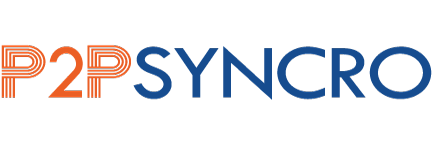Enabling actions from physicians and improving disease recognition is challenging, especially for rare conditions.
Pompe disease affects only 1 in 40,000 people. However, recognizing the disease early in the course by physicians is critical. In Pompe disease, limb girdle and axil muscle weakness is a cardinal sign. But how familiar are physicians, especially those in general practice, with this pattern of weakness? Can they recognize this type of muscle weakness when patients present it to their practice? Are they able to associate this pattern of muscle dysfunction with a serious condition?
Educating physicians about recognizing Pompe disease is not an easy task. What if we aid this process by showing photos of the affected limb-girdle and axial muscles? What if we describe what limb-girdle and axial muscle weakness is in the words of patients themselves? Here are a few examples:
- “In my 30s, I found it difficult to climb stairs without holding the rails”.
- “I needed to use armrest to get up from the chair when I was 20 years old”.
- “As a child, I couldn’t hold my head up when my father lifted me over a fence”.
At P2P Syncro, we believe that merely listing the signs and symptoms of a rare disease is not sufficient in educating physicians about disease recognition. Assisting physicians in digesting and visualizing the cardinal clinical features is a critical step. Ultimately, achieving an early diagnosis requires action. Presenting patients' experiences in short sentences can serve as a powerful educational tool.
